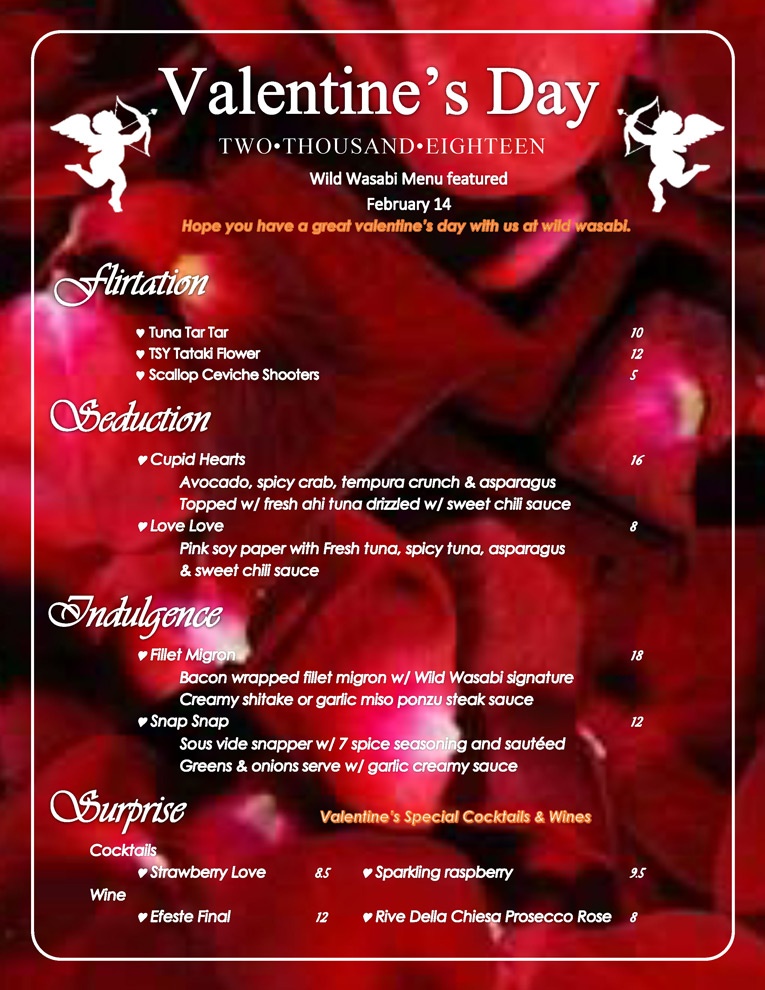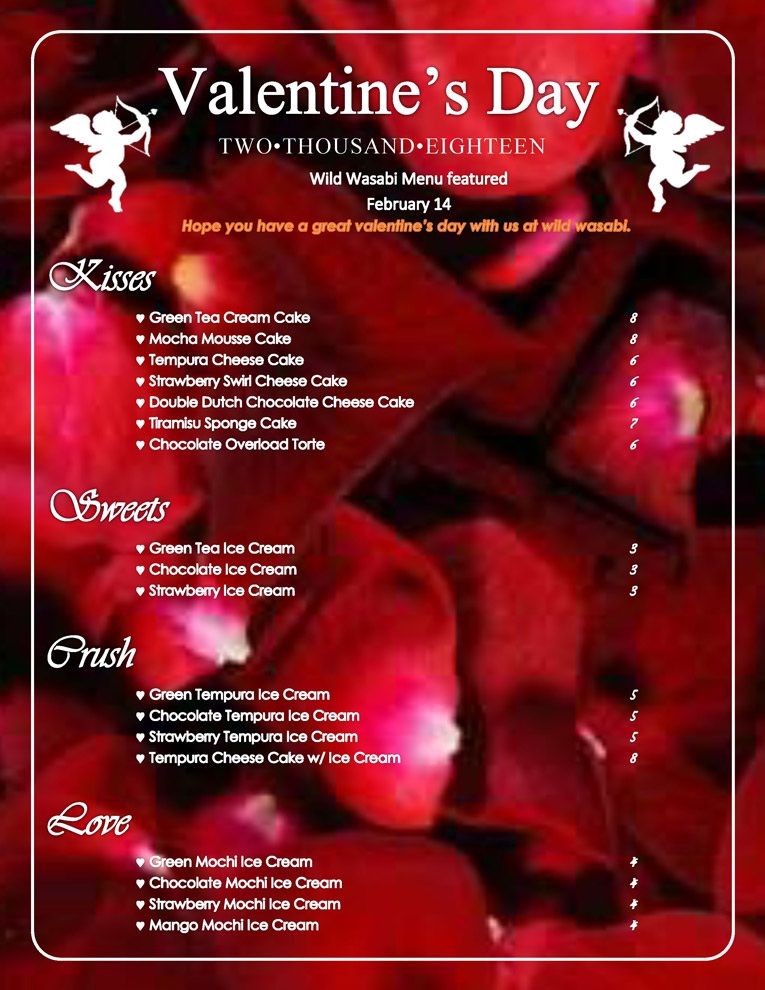All in the Details
Like many people who have Celiac disease, sushi is a welcomed gluten-free option. Certainly they can enjoy the dish and not worry about getting sick. However, it is not so easy. While sushi is naturally gluten-free, it may be possible, at some restaurants, that cheap ingredients might be added that contain gluten. Also, there’s the added risk of cross-contamination occurring if some basic ingredients like soy sauce be unintentionally carried over in the preparation.
Let’s look at some highly common foods served at Japanese restaurants and figure out how you can be careful in your choices and ensure you are not served unwanted gluten.
Sushi is the top dish in most sushi shops, of course. Again, it is naturally gluten-free. It’s basically, rice, fish and vegetables. However, it mustn’t use soy sauce because it’s wheat; unless it’s gluten-free soy sauce.
Fish or vegetable that has been battered and deep-fried, otherwise called tempura style, because it uses wheat flour. Be sure there’s no imitation crab in your sushi, as it’s fish parts that were only dyed, starched, flavored and frozen, and not gluten-free. Most restaurants and their servers indicate if they are using imitation crab; so ask for real crab instead.
Rice in sushi, to be gluten-free, must be rice that has not been mixed with sugar and rice vinegar. It is safer if just plain rice is used. And while vinegar comes from rice, which is just fine, some vinegars can come from grains like barley. Now, seaweeds or nori; sushi nori is gluten free as long as no additional ingredients were added to flavor, as soy or teriyaki sauces.
Sauces can be complicated, too. The following can contain wheat, hence, not gluten-free: soy sauce teriyaki sauce, eel sauce, barbeque sauce, ponzu sauce, and spicy sauces that may contain mayo. You might just want to bring your own gluten-free sauce for your sushi. Wasabi. For as long as you can get real 100% wasabi, it’s alright; it is not served in most Japanese restaurants, though.
So what should you have? For one, sashimi is safe. So are Masago/Tobiko, King Crab, nori, vegetables. Also Rainbow Rolls, California Rolls, and most simple rolls such as the tuna and vegetarian rolls. Ask your server about their gluten-free options, or else get creative.
Sushi Dining Safety in Lynnwood
Enjoy our sushi without the gluten dilemma at Wild Wasabi, your Japanese restaurant in Lynnwood. We ensure that our delicious selections, when labeled gluten-free, they really are.


